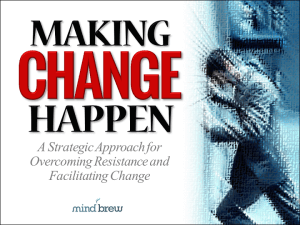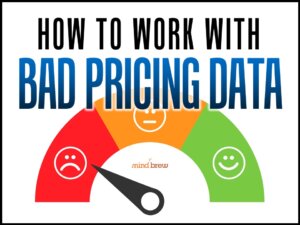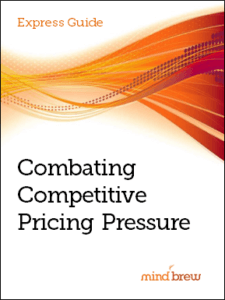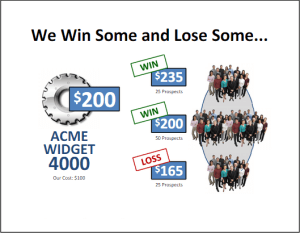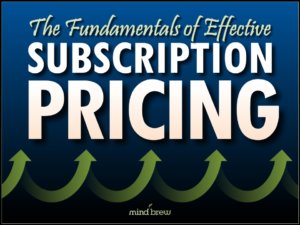Near the beginning of any introductory physics class, students are introduced to Newton’s First Law of Motion, also sometimes called the law of inertia. It’s often summarized this way:
“An object at rest stays at rest, and an object in motion stays in motion with the same speed and in the same direction unless acted upon by an unbalanced force.”
Why are we talking about introductory physics in a blog about B2B pricing? Because that law of inertia doesn’t just apply to rocks and marbles and rocket ships—it definitely applies to B2B firms as well.
When you think about it, businesses are really architected to resist change. We design them to be scalable, reliable, predictable, repeatable—all qualities that reinforce the status quo.
So if you want to make a change in that business, you’re going to come up against a lot of inertia. If you are, for example, a pricing manager who wants to move away from a cost-plus model or overhaul your discounting practices or deploy new pricing technology, the very structure of the business is working against you. And when you start talking about making these changes, other people in the company might start looking at you like you’re a little “unbalanced” (to steal a word from our inertia definition).
Unfortunately, inertia isn’t the only thing you have to overcome when you want to get your company moving in a new direction. Just as in the physical world, you’re also going to encounter friction. In the business world, friction often comes in the form of people dragging their feet when a new change is proposed.
Not only does a business’s structure resist change, the people who make up a business are also hard-wired to resist change. Our brains intuitively look for and recognize patterns, and when those patterns are disrupted, it makes us feel anxious.
In other words, change agents within a business have to find a way to overcome the business world equivalent of two different natural laws—inertia and friction.
Now you can get any object to move if you apply enough brute force, but your job will be much easier if you apply a little lubricant that reduces the power of friction. That same principle applies to corporate change. If you try to force a change, the business and the businesspeople are going to resist you every step of the way, making the process much harder and much longer than it needs to be. But if you can ease the company into the change by highlighting the reason for the change and carefully explaining why it is necessary, the change process becomes much faster and smoother.
Some of us have learned the hard way how difficult it is to effect big changes in a corporate setting. But it doesn’t have to so difficult. The webinar on “Making Change Happen” walks you through a strategic process that makes it easier to alter the status quo, and it provides some real-life examples of what usually happens when this process is—or isn’t—followed.
Fortunately, you don’t need to be a prize-winning physicist to understand how inertia and friction impact the business world. Anyone can learn to be a change agent if you’re willing to recognize the power of the status quo and to do the hard work required to counter that power.

